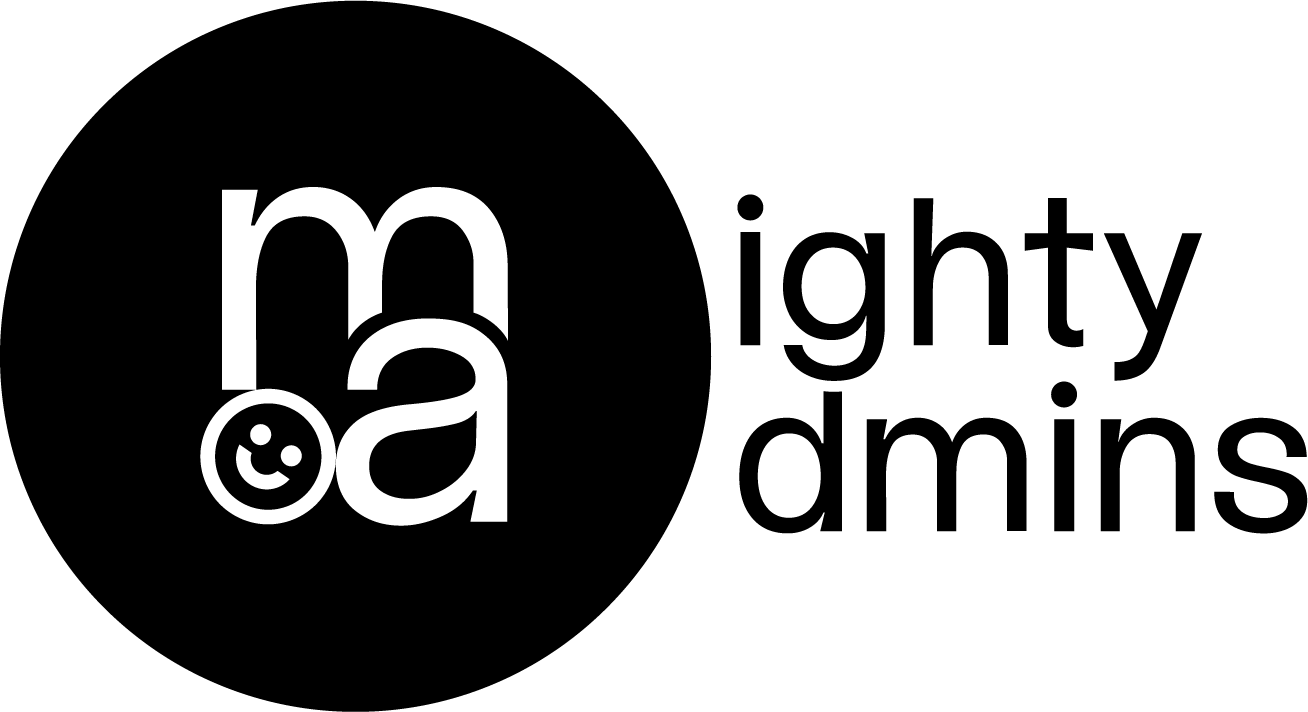New VAT requirements for partial deduction rate in Denmark
- 2 minute read
- Finance and Accounting
When you from August must start reporting on VAT for June 2024, Q2 2024, and the first half of 2024, new reporting requirements will have entered into force. This is part of the controlling initiatives introduced by the Tax Agency to combat money laundering.
In practical terms, it means that more businesses can now be subject to control, and all VAT-registered businesses must deal with the new requirement.
Activities exempt from VAT in Denmark
The primary change is that businesses must now report whether they have VAT-exempt activities covered by the Danish VAT Act § 13, and by that must pay what is in Danish referred to as ‘splitmoms’ (split VAT).
§ 13 covers, but is not limited to:
Hospital treatments and other health-related treatments.
Social welfare, charity, and social security work (and the supply of goods and services related to this)
Education, excluding for-profit activities such as seminars, conferences, etc.
Goods and services delivered by non-profit associations and organizations catering to members’ common interests in return for membership fees.
Certain services with non-profit purposes in relation to amateur sports.
Certain cultural activities.
Rental and lease of immovable property, including the supply of gas, water, electricity, and heat.
Supply of immovable property, excluding supply of new buildings, building site, etc.
Insurance and reinsurance services.
Most financial activities.
Lotteries and the like.
Postal services and stamps.
Passenger transport.
Services directly related to funerals.
Goods and services related to charity events.
Goods provided by thrift shops whose profit is used for charity or public utility.
Services provided by groups of individuals doing businesses that are otherwise exempt.
Investment gold.
Goods and services delivered by organizations or associations of public utility when conducting specific events.
Non-commercial activities by TV and radio.
Many of these exemptions are subject to specific conditions and sub-exemptions, and some are case-specific and require extra attention. Needless to say, it is a good idea to seek professional assistance when reporting on VAT and calculating your VAT deduction rates.
VAT partial deduction rate
Any business that can answer ‘yes’ to also having VAT-exempt activities (§ 13) must state the VAT partial deduction rate that is currently used in the specified VAT reporting period.
The VAT partial deduction rate is revenue-based (§13 stk. 1), which is calculated for businesses with VAT-liable activities as well as those that have VAT exempt activities.
VAT partial deduction rate is calculated from the revenue subject to VAT as a percentage of total revenue, so:
= the revenue subject to VAT / (the revenue subject to VAT + the revenue exempt from VAT).
The final rate is rounded up to the nearest integral number.
So, if this rate can be calculated before the first VAT reporting deadline, then this rate is used for the rest of the financial year. If it is not, then the rate from the year before that must be used – and the same rate must be used for every VAT reporting throughout the current financial year.
It is important to calculate the VAT partial deduction rates correctly. As part of the Danish Tax Agency controls, more businesses can be expected to be subjected to audits.
At mighty admins, we can assist you with:
An overview of your VAT partial deduction rate.
Calculation of VAT.
Documentation and filing of VAT.
Bookkeeping.







